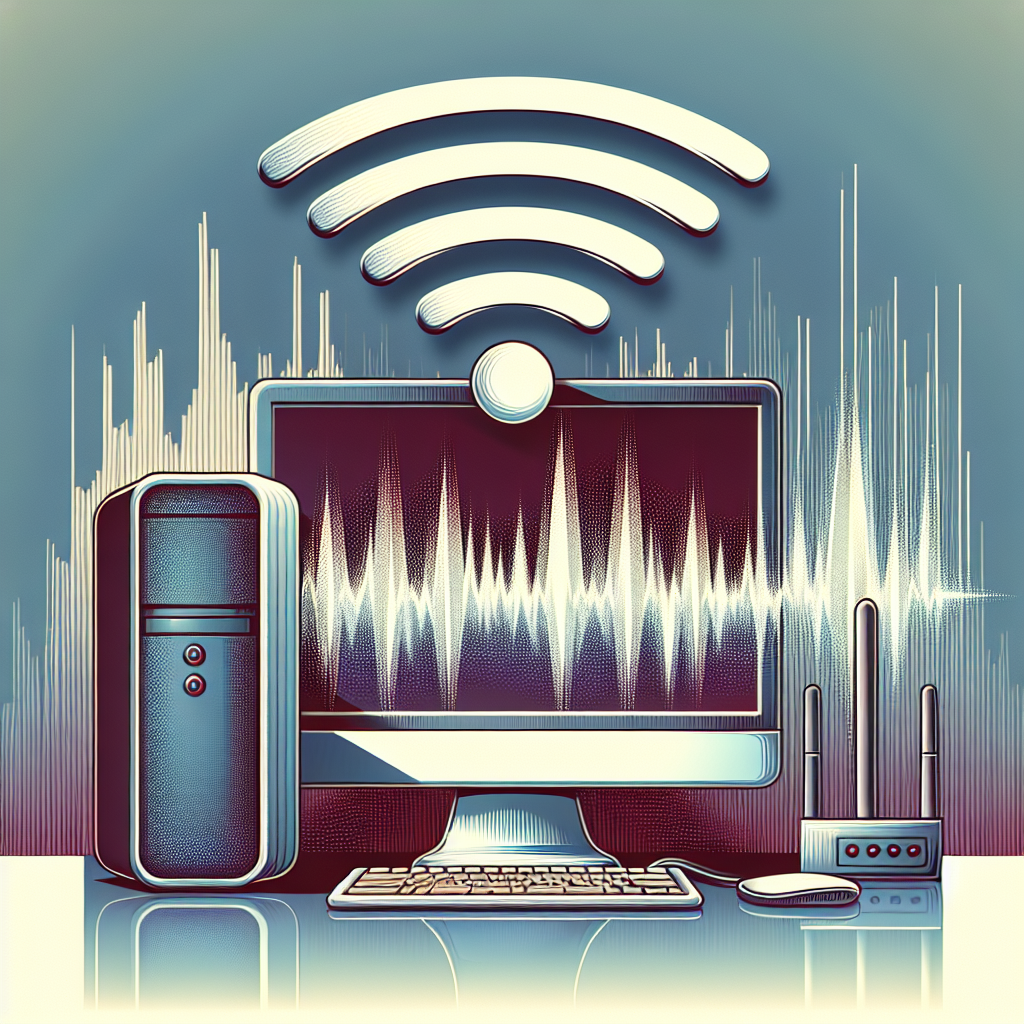Understanding WiFi Adapter Connection Fluctuations
A fluctuating WiFi connection can be a major source of frustration, especially when you depend on reliable internet access for work, streaming, or gaming. Various factors can contribute to this instability. In this article, we will explore the reasons behind a WiFi adapter’s connection fluctuations and provide actionable solutions to keep your connection stable.
Common Causes of WiFi Connection Fluctuations
Here are some common factors that might cause your WiFi adapter’s connection to fluctuate:
| Cause | Description |
|---|---|
| Interference | Other devices or networks interfering with your WiFi signal. |
| Distance from Router | Being too far from the router can weaken the signal. |
| Outdated Drivers | Using old or incompatible WiFi adapter drivers. |
| Router Issues | The router itself might be faulty or configured poorly. |
| Bandwidth Saturation | Multiple devices using the network simultaneously. |
Interference
One of the leading causes of WiFi connection instability is interference. Devices such as microwaves, cordless phones, and even other WiFi networks can interfere with your signal, leading to fluctuations.
- Solution: Place your router away from potential sources of interference and switch to a less congested WiFi channel. Use the 5GHz band if your devices support it, as it is less prone to interference compared to the 2.4GHz band.
Distance from Router
WiFi signals weaken with distance. If your device is too far from the router, your connection may fluctuate or drop altogether.
- Solution: Move closer to the router or use WiFi extenders or mesh systems to broaden the network coverage.
Outdated Drivers
Your WiFi adapter relies on software drivers to function correctly. Old or incompatible drivers can cause connection issues.
- Solution: Regularly update your WiFi adapter drivers. Visit the manufacturer’s website for the latest updates specific to your model.
Router Issues
Sometimes the issue lies with the router itself. If it’s outdated, overworked, or misconfigured, it can cause connection problems.
- Solution: Ensure your router firmware is up-to-date. Restart your router regularly and consider upgrading to a newer model if your current one is old.
Bandwidth Saturation
Having multiple devices connected to the same network can strain the available bandwidth, leading to fluctuating connections.
- Solution: Manage connected devices to ensure critical uses have enough bandwidth. Use Quality of Service (QoS) settings on your router to prioritize important traffic.
Troubleshooting Steps
If your WiFi adapter’s connection keeps fluctuating, follow these troubleshooting steps:
Restart Your Devices
Restarting both your WiFi adapter and router can often resolve temporary issues.
- Step 1: Turn off your WiFi adapter and unplug the router.
- Step 2: Wait for about 30 seconds to a minute.
- Step 3: Plug the router back in and turn on your WiFi adapter.
Check for Firmware and Driver Updates
Regular updates can fix bugs and improve performance.
- Step 1: Visit the manufacturer’s website for your WiFi adapter and router.
- Step 2: Download and install the latest firmware and driver updates.
Optimize Router Placement
Place your router in a central location to ensure even distribution of the WiFi signal.
- Step 1: Identify a central location in your home or office.
- Step 2: Place the router on a high shelf, ideally away from walls and obstructions.
- Step 3: Make sure the router’s antennas are positioned optimally.
Change WiFi Channels
Using tools or apps, identify the least congested channel and switch to it.
- Step 1: Download a WiFi analyzer app.
- Step 2: Scan for the least congested channel.
- Step 3: Access your router settings and change the WiFi channel accordingly.
Upgrade Your Router
Modern routers come with advanced features to handle multiple devices and reduce interference.
- Step 1: Research routers with the latest technology (e.g., WiFi 6).
- Step 2: Purchase a router that fits your needs and budget.
- Step 3: Follow the manufacturer’s installation guide to set up your new router.
Use a Wired Connection
If possible, use an Ethernet cable for a more stable and faster connection.
- Step 1: Purchase an appropriate length Ethernet cable.
- Step 2: Connect one end to your device and the other to the router.
- Step 3: Ensure your device switches to the wired connection for internet access.
Conclusion
A fluctuating WiFi adapter connection can derail your daily activities. By understanding the common causes and implementing the suggested solutions, you can achieve a more stable and reliable WiFi experience. Regular maintenance and updates, optimal placement of your router, and minimizing interference are key steps to enjoy seamless connectivity.

